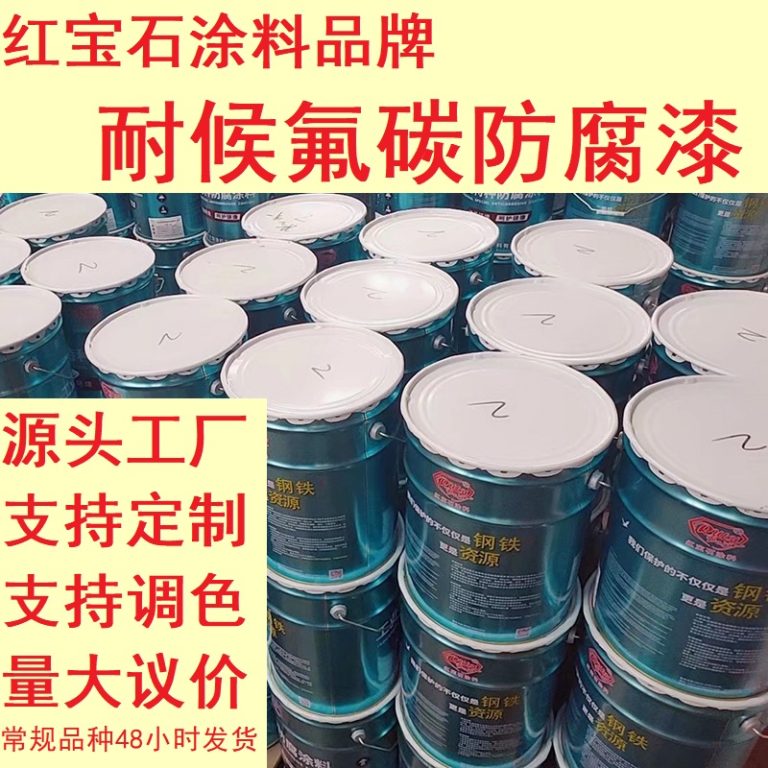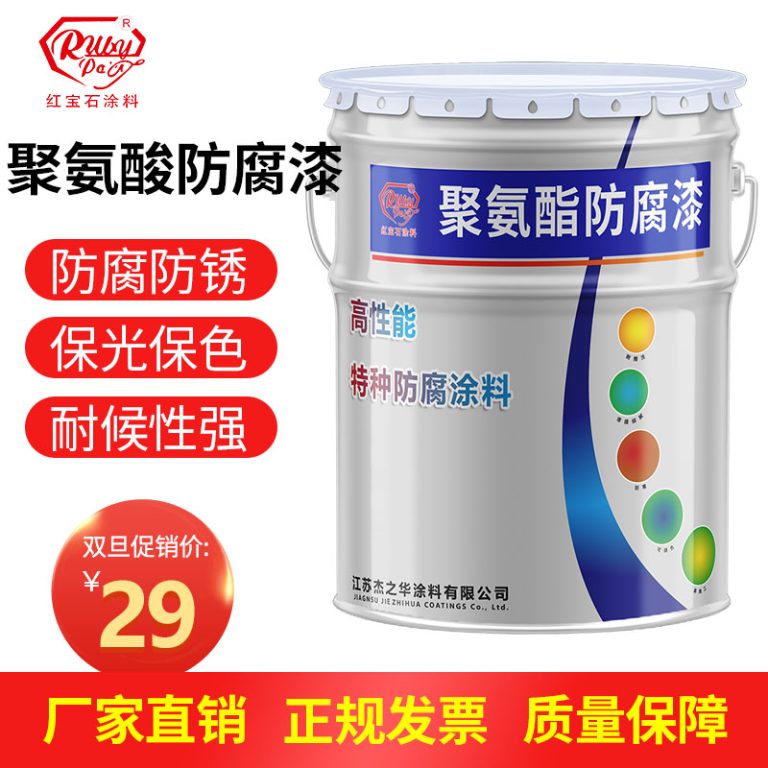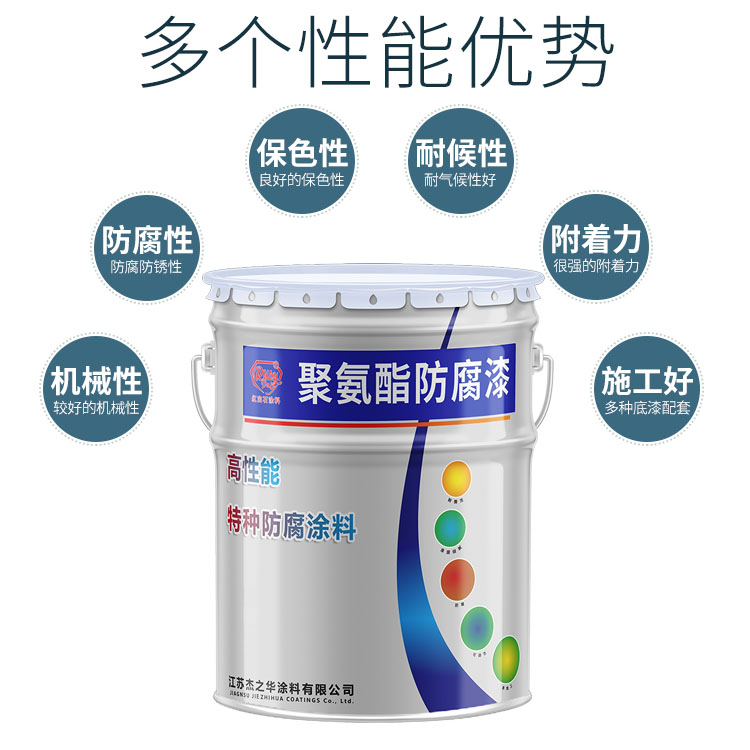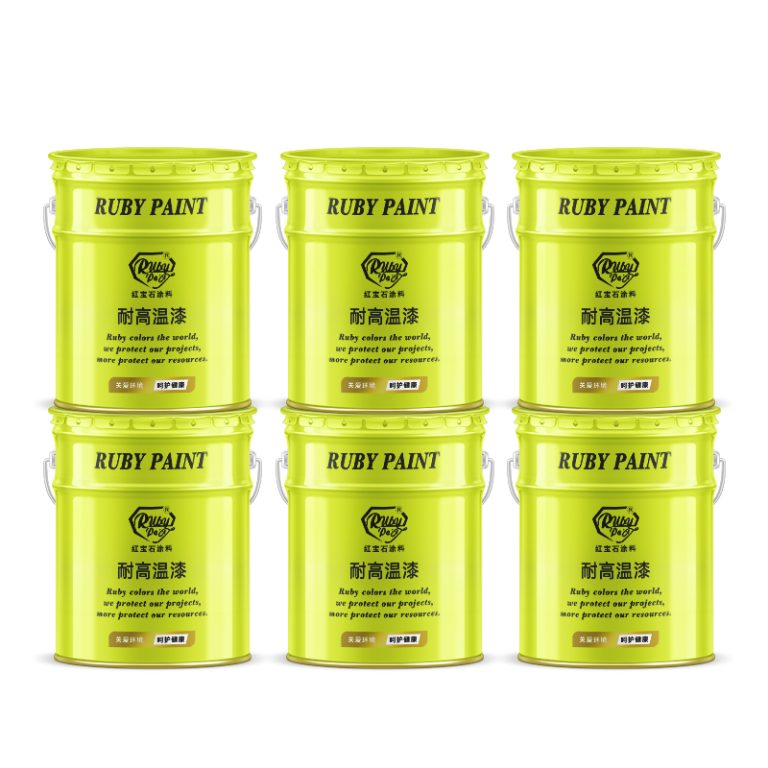Table of Contents
Comparing Chemical Structures: Polyurea vs Polyurethane
Polyurea and polyurethane are both versatile polymers used in a variety of applications, from coatings and linings to adhesives and sealants. While they may sound similar and share some common uses, their chemical structures are distinctly different, which in turn affects their properties and performance.
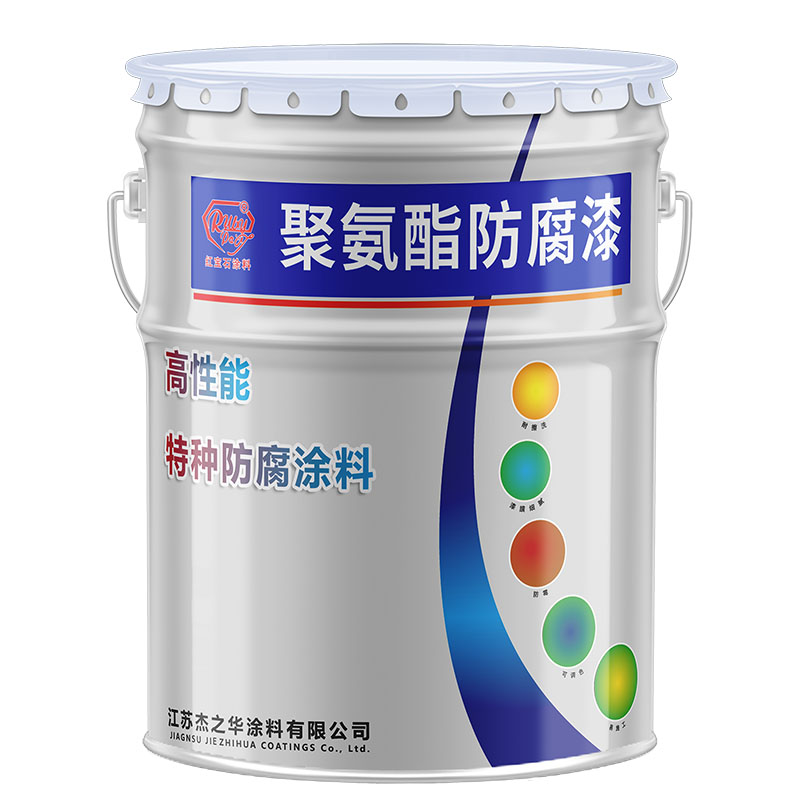
Polyurea is a type of elastomer that is derived from the reaction between an isocyanate and an amine-terminated resin. This reaction forms a urea linkage, which is characterized by a nitrogen atom double-bonded to a carbon atom and single-bonded to an oxygen atom. The unique structure of polyurea provides it with exceptional resistance to water, chemicals, and abrasion. Additionally, polyurea cures rapidly, often within seconds, making it ideal for applications that require quick turnaround times.
On the other hand, polyurethane is formed through the reaction of an isocyanate with a polyol, resulting in a urethane linkage. This linkage consists of a nitrogen atom single-bonded to a carbon atom, which is also bonded to an oxygen atom and a hydrogen atom. The presence of the polyol component in polyurethane allows for a wide range of flexibility in its formulation, enabling manufacturers to tailor the material’s properties to specific requirements. Polyurethane can be engineered to be either rigid or flexible, and it generally offers excellent insulation properties, making it a popular choice for thermal insulation applications.
The differences in the chemical structures of polyurea and polyurethane lead to variations in their physical properties and performance. For instance, polyurea’s urea linkage provides greater stability and resistance to hydrolysis compared to the urethane linkage in polyurethane. This makes polyurea more suitable for environments that are exposed to moisture and high humidity. Furthermore, the rapid curing time of polyurea is advantageous in scenarios where downtime needs to be minimized, such as in industrial floor coatings or protective linings.
| No. | Product Name |
| 1 | Industrial paint |
Conversely, polyurethane’s versatility in formulation allows it to be customized for a broader range of applications. By adjusting the types and ratios of isocyanates and polyols used, manufacturers can produce polyurethane materials that vary widely in terms of hardness, elasticity, and other mechanical properties. This adaptability makes polyurethane an excellent choice for applications that require specific performance characteristics, such as cushioning in furniture, insulation in refrigerators, or durable finishes on wood floors.
In conclusion, while polyurea and polyurethane may be used in similar applications, their distinct chemical structures set them apart in terms of their properties and suitability for different environments. Polyurea’s urea linkage offers superior resistance to moisture and rapid curing times, making it ideal for protective coatings and linings. Meanwhile, polyurethane’s customizable nature allows it to meet a wide array of performance requirements, from flexibility and cushioning to insulation and durability. Understanding these differences is crucial for selecting the appropriate material for specific applications, ensuring optimal performance and longevity.
Application Differences Between Polyurea and Polyurethane Coatings
Polyurea and polyurethane are both versatile polymer coatings used in a variety of applications, from industrial flooring to waterproofing. While they may sound similar and share some properties, they are distinct materials with different chemical compositions and performance characteristics. Understanding the application differences between polyurea and polyurethane coatings is crucial for selecting the right material for a specific project.
Polyurea coatings are known for their fast curing times, often setting within seconds and fully curing within minutes. This rapid curing process makes polyurea an ideal choice for projects that require a quick turnaround, such as in industrial settings where downtime needs to be minimized. Additionally, polyurea’s fast cure time allows it to be applied in a wide range of temperatures, making it suitable for use in both hot and cold climates.
| No. | Article Name |
| 1 | Industrial paint |
Moreover, polyurea exhibits excellent chemical resistance and durability, which makes it a preferred option for areas exposed to harsh chemicals or extreme wear. Its superior flexibility also enables it to withstand significant movement or settling of the substrate without cracking, a feature particularly beneficial for applications such as bridge coatings or lining solutions where the substrate may shift over time.
On the other hand, polyurethane coatings are generally known for their aesthetic qualities and UV stability, which makes them a popular choice for applications where appearance is important, such as in automotive finishes or exterior building coatings. Polyurethane provides a high-quality finish with excellent gloss and color retention, even when exposed to sunlight for extended periods. This UV resistance helps prevent the coating from yellowing or degrading, ensuring that it maintains its visual appeal over time.
Furthermore, polyurethane coatings offer good flexibility and impact resistance, which makes them suitable for surfaces that may experience physical impacts or vibrations. However, they typically cure slower than polyurea, usually taking several hours to fully harden. This slower curing process can be a drawback in time-sensitive projects but allows for a longer working time, which can be advantageous during application, especially when a smooth, high-quality finish is required.
In terms of application methods, both polyurea and polyurethane coatings can be sprayed, rolled, or brushed onto surfaces, but the equipment and techniques used may vary. Polyurea often requires specialized high-pressure, heated spray equipment due to its rapid curing time and high reactivity. This equipment helps ensure that the material is properly mixed and applied at the correct temperature and pressure. In contrast, polyurethane can typically be applied with standard spray equipment or even with rollers and brushes, making it more accessible for smaller projects or do-it-yourself applications.
In conclusion, while polyurea and polyurethane coatings share some similarities, they also have distinct differences that make them suitable for different applications. Polyurea’s fast curing time, chemical resistance, and flexibility make it ideal for industrial and infrastructure projects, whereas polyurethane’s aesthetic qualities and UV stability are more suited for automotive and architectural applications. Understanding these differences is key to choosing the right coating material for your specific needs, ensuring both performance and longevity.

